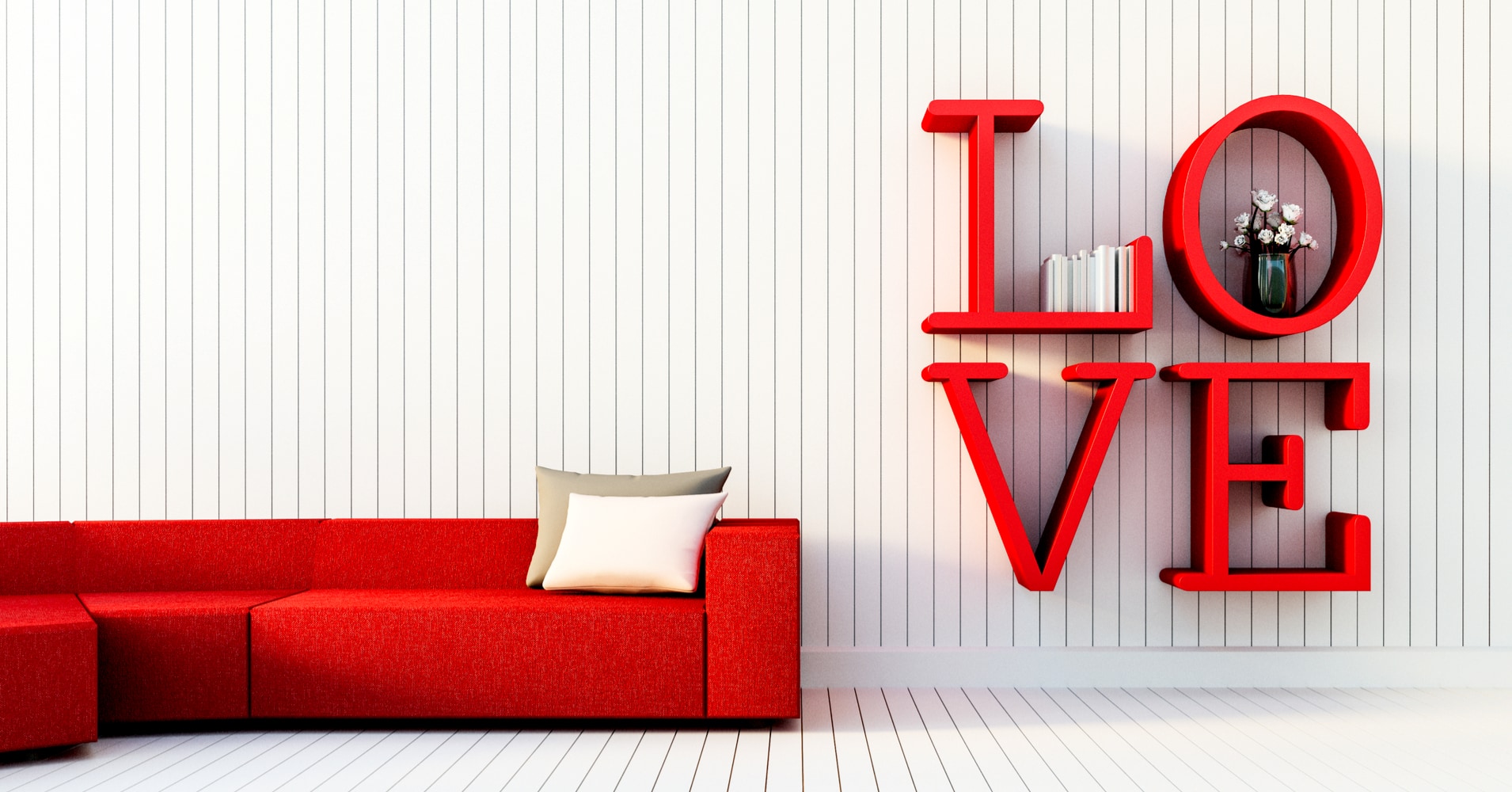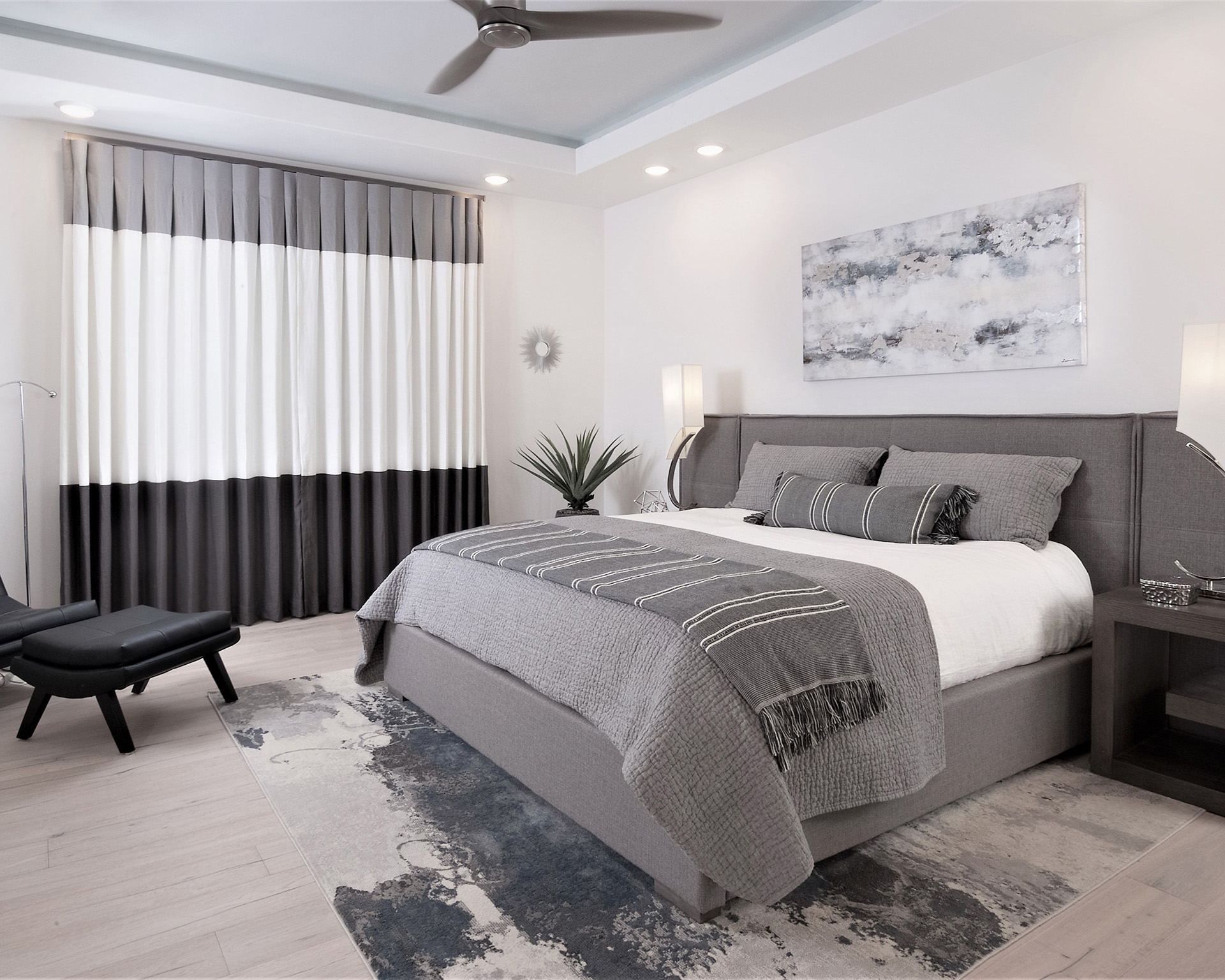Understanding Your Style and Preferences: How To Decorate My Bedroom Quiz

Your bedroom should be a reflection of your unique personality and taste. To create a space you truly love, it’s essential to understand your style preferences. This involves exploring your favorite colors, patterns, textures, and overall aesthetic.
Exploring Your Color Palette
Your color choices play a significant role in setting the mood and atmosphere of your bedroom. Consider the emotions you want to evoke and the overall vibe you’re aiming for. For instance, calming blues and greens are often associated with tranquility, while vibrant reds and oranges can inject energy and excitement.
- Favorite Colors: What are your favorite colors? Think about the colors that make you feel happy, relaxed, or inspired. Are there any colors you particularly dislike?
- Color Combinations: Do you prefer bold and contrasting color schemes or softer, more muted palettes? Consider the color combinations that appeal to you and how they might translate into your bedroom decor.
- Seasonal Preferences: Do you have a favorite season? If so, how do the colors of that season influence your style? For example, if you love fall, you might incorporate warm, earthy tones like rust, ochre, and burnt orange.
Planning Your Bedroom Design

Now that you have a clear understanding of your style and preferences, it’s time to translate that vision into a concrete plan for your bedroom. This step involves bringing together your ideas, inspiration, and practicality to create a functional and aesthetically pleasing space.
Creating a Mood Board
A mood board serves as a visual representation of your bedroom design goals. It’s a collection of images, textures, and colors that inspire you and help you visualize the overall feel and atmosphere you want to achieve.
- Start by gathering inspiration: Look through magazines, websites, and social media platforms for bedroom designs that resonate with your style. Pay attention to colors, patterns, textures, furniture styles, and lighting.
- Collect images: Print out or save images that capture your attention. Consider using a digital tool like Pinterest or a physical corkboard to organize your collection.
- Include elements from your personal style: Incorporate items that reflect your personality and interests. This could be anything from artwork to fabric swatches to travel souvenirs.
- Experiment with different combinations: Try arranging the images in different ways to see what works best. You can also use different colors and textures to create a cohesive look.
Designing a Layout Plan
A layout plan is a blueprint for your bedroom, showing the placement of furniture, lighting, and other essential elements. It helps you maximize space, ensure functionality, and create a visually appealing arrangement.
- Measure your room: Use a tape measure to accurately determine the dimensions of your bedroom, including the height of the ceiling. This information is crucial for creating a scaled layout plan.
- Consider furniture placement: Start by placing the largest pieces of furniture, such as your bed, dresser, and wardrobe. Ensure that there is enough space for comfortable movement and access to all areas.
- Explore storage solutions: Evaluate your storage needs and plan for effective solutions. This could include built-in shelves, drawers, under-bed storage, or a dedicated storage unit.
- Think about lighting: Determine the best placement for overhead lighting, lamps, and accent lighting. Consider natural light sources and how to maximize their impact.
- Utilize online tools: There are many online tools and apps that can help you create layout plans, such as RoomSketcher, Planner 5D, or Magicplan. These tools allow you to experiment with different furniture arrangements and visualize the final result.
Budgeting and Prioritizing, How to decorate my bedroom quiz
Setting a realistic budget is crucial for ensuring that your bedroom design stays within your financial constraints. Prioritize the elements you want to invest in and consider alternative options for others.
- Establish a budget range: Determine how much you are willing to spend on your bedroom makeover. Consider factors such as your overall budget, the size of your bedroom, and the complexity of the design.
- Prioritize key elements: Identify the essential items you want to invest in, such as a new bed frame, high-quality bedding, or a statement piece of furniture.
- Explore cost-effective alternatives: For less critical items, look for affordable options. This could include DIY projects, secondhand furniture, or budget-friendly decor.
- Consider long-term value: Invest in durable and timeless pieces that will last for years to come. This approach will save you money in the long run and ensure that your bedroom remains stylish and functional.
Choosing Furniture and Decor

Now that you have a clear vision for your bedroom’s style and layout, it’s time to select the furniture and decor that will bring your design to life. This is where you can really express your personality and create a space that feels uniquely yours.
Selecting the Right Furniture
Choosing the right furniture is crucial for both functionality and aesthetics. The bed, nightstands, and dresser are the main pieces that will define your bedroom’s layout and style.
- Bed Frames: The bed frame is the focal point of your bedroom, so it’s essential to choose one that complements your style and provides the desired level of comfort. Consider different materials like wood, metal, or upholstered frames. Wooden frames offer a classic and timeless look, while metal frames can add a modern or industrial touch. Upholstered frames provide a cozy and luxurious feel. Also, think about the size and height of the bed frame to ensure it fits comfortably in your space and allows for easy access.
- Nightstands: Nightstands offer convenient storage for essentials like books, lamps, and alarm clocks. Choose nightstands that match the style of your bed frame and provide enough surface area for your needs. You can opt for traditional nightstands with drawers, modern nightstands with open shelves, or even floating shelves for a minimalist look.
- Dressers: A dresser provides ample storage for clothes and accessories. Choose a dresser that complements the style of your bed frame and offers the desired amount of storage space. You can find dressers in various styles, from traditional to contemporary, and with different features like drawers, shelves, and mirrors. Consider the size of the dresser and ensure it fits comfortably in your space.
Adding Decor to Enhance Your Style
Once you have the essential furniture pieces in place, it’s time to add decorative elements that enhance your chosen aesthetic.
- Artwork: Artwork can instantly add personality and visual interest to your bedroom. Choose pieces that reflect your taste and complement the overall style of the room. For a minimalist bedroom, consider abstract prints or black and white photography. For a bohemian space, opt for colorful tapestries or tribal art. A romantic bedroom might benefit from floral prints or vintage paintings.
- Rugs: Rugs can define different areas within your bedroom, add warmth, and soften the floor. Choose a rug that complements the color palette of your furniture and bedding. For a modern bedroom, consider a geometric or abstract rug. For a traditional space, opt for a Persian or Oriental rug. A shaggy rug can add a cozy and inviting feel to any bedroom.
- Curtains: Curtains can add privacy, control light, and enhance the overall aesthetic of your bedroom. Choose curtains that complement the color palette and style of your furniture and bedding. For a modern bedroom, consider sheer curtains or blinds. For a traditional space, opt for heavy velvet or brocade curtains. You can also use curtains to add a pop of color or pattern to your room.
- Throw Pillows: Throw pillows can add comfort, texture, and visual interest to your bed. Choose pillows in different sizes, colors, and patterns that complement your bedding and overall style. For a minimalist bedroom, consider solid-colored pillows or pillows with subtle patterns. For a bohemian space, opt for pillows with bold patterns and textures. A romantic bedroom might benefit from pillows with floral prints or lace details.
Creating a Cozy and Inviting Atmosphere
Lighting and textiles play a crucial role in creating a cozy and inviting atmosphere in your bedroom.
- Lighting: Proper lighting is essential for creating the right mood in your bedroom. Consider using a combination of different light sources, such as overhead lighting, bedside lamps, and accent lights. Overhead lighting can provide general illumination, while bedside lamps create a more intimate and relaxing atmosphere. Accent lights can be used to highlight artwork or other decorative elements.
- Textiles: Textiles like bedding, rugs, and curtains can add warmth, texture, and visual interest to your bedroom. Choose textiles that are soft and comfortable, and complement the overall style of the room. For a minimalist bedroom, consider using simple bedding in neutral colors. For a bohemian space, opt for patterned bedding and rugs. A romantic bedroom might benefit from bedding with lace details or floral prints.
